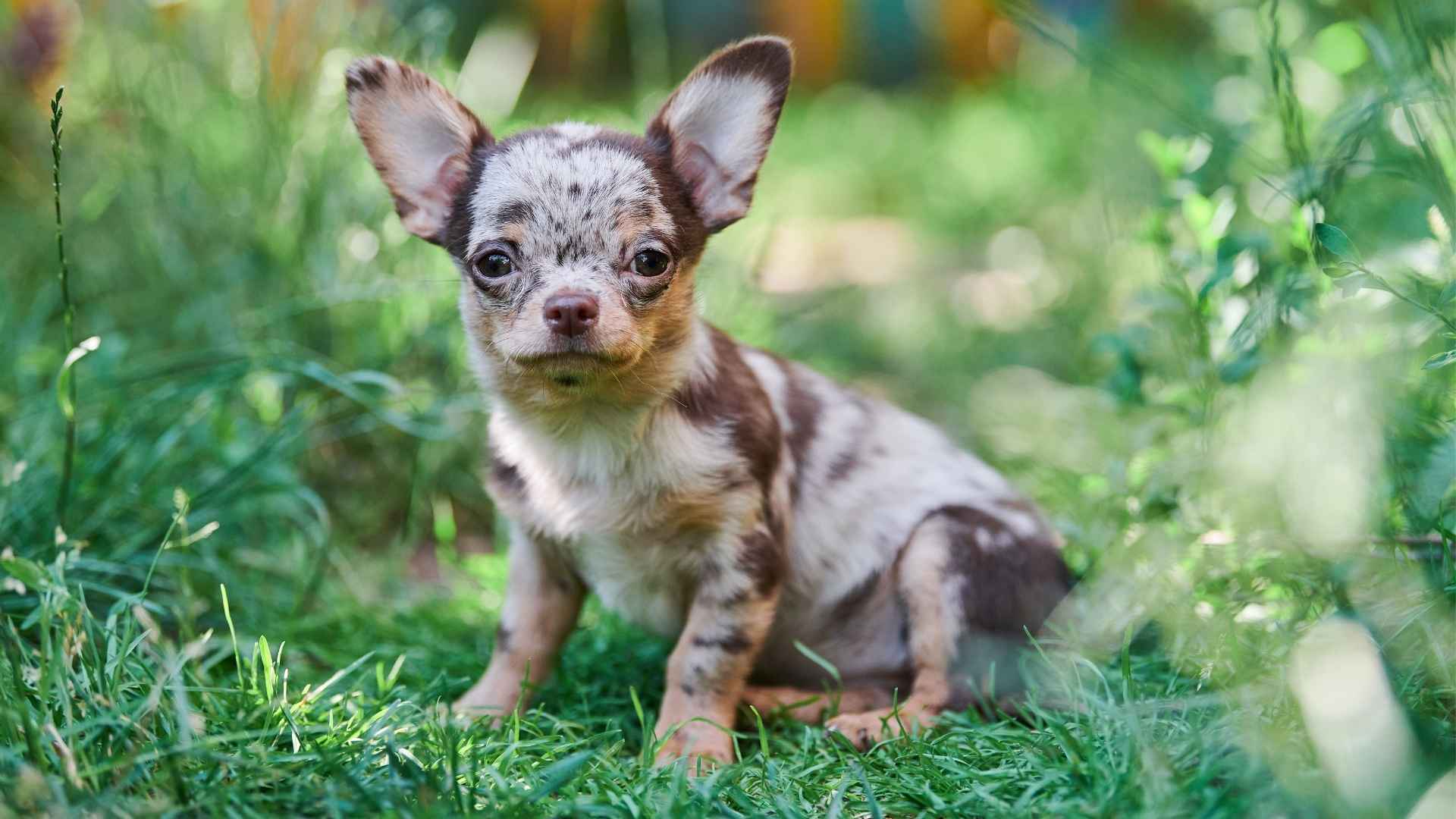Have you ever seen a dog that looked like it was hand-painted by an artist? With swirls of color, splashes of silver, patches of blue, and speckles like stars, merle-patterned dogs are nature’s masterpiece.
These dogs don’t just stand out at the dog park; they stop people in their tracks. Their coats are wild, unpredictable, and one-of-a-kind—no two merle dogs are ever the same.
But there’s more to these beautiful dogs than their eye-catching appearance. Some merle puppies are high-energy herders, while others are calm companions, but all share a unique sparkle that goes beyond their fur.
Here, we’re unveiling the most striking dog breeds that sport the exotic merle pattern—from the well-known Australian Shepherd to lesser-known breeds that might surprise you. We’ll also explore what the merle gene means, how it affects health, and what to consider before bringing one of these stunners home.
Ready to meet some of the most dazzling dogs in the canine kingdom? Let’s take a closer look at the breeds that wear merle like a crown.
What is a Merle Dog?
Imagine if a painter took a paintbrush to your dog’s coat and sprinkled it with a splash of magic—that’s basically what the merle gene does! A merle dog sports a one-of-a-kind coat pattern where colors are marbled, splotched, or speckled in all the right places, creating a gorgeous, patchwork-like effect.
This gene makes pigment play favorites, leaving some areas lighter or diluted and others rich and dark. The result? A dazzling array of colors like blue, red, chocolate, and fawn that dance across the coat in patterns from subtle freckles to bold marbling. It’s like having a living piece of abstract art running around with you!
But beware, merle patterns are not just about good looks—they come with some genetic quirks, so responsible breeding is key to keeping these beauties healthy and happy.
Dog Breeds With Exotic Merle Patterns
1. Australian Shepherd
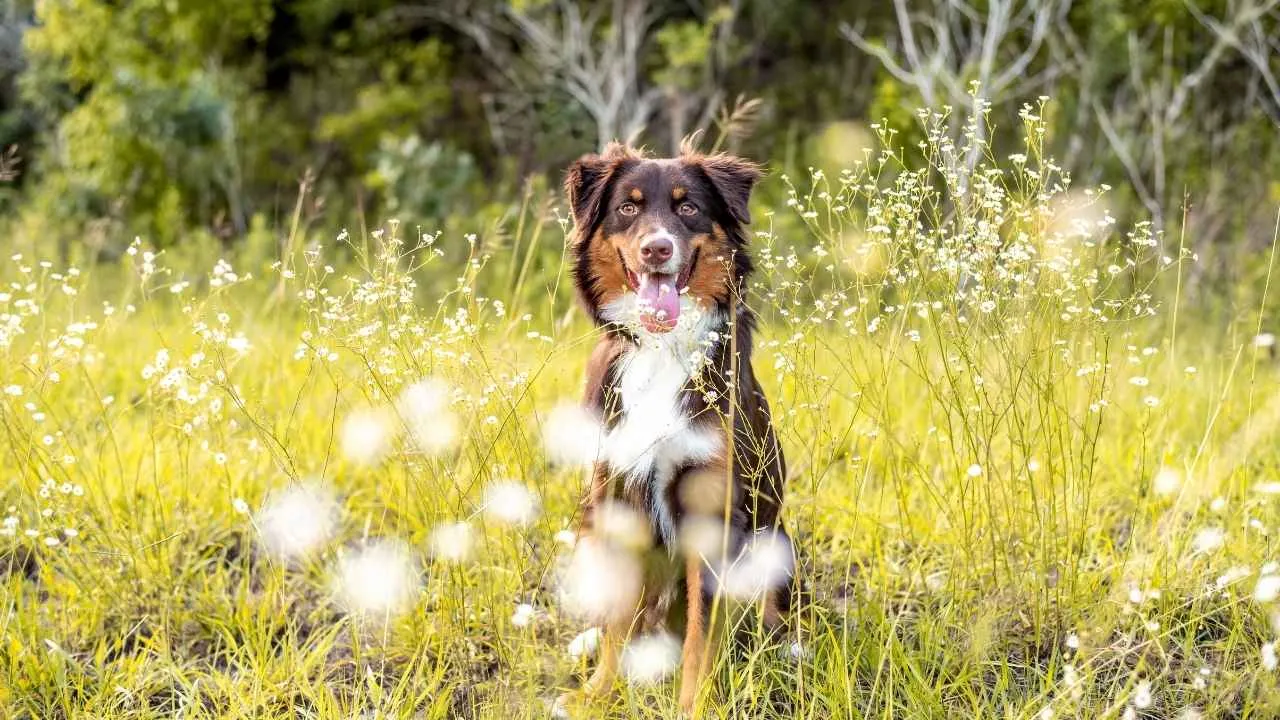
Australian Shepherds are the rockstars of the herding world, and when it comes to the merle pattern, they take it to a whole new level. If two merle Aussies mate, statistically, half the puppies will rock that signature merle coat, while the other half will sport regular coloring — genetics is like a box of chocolates!
Height: Around 18 to 23 inches of pure athleticism and fluff
Weight: Typically 40 to 65 pounds of muscle and energy
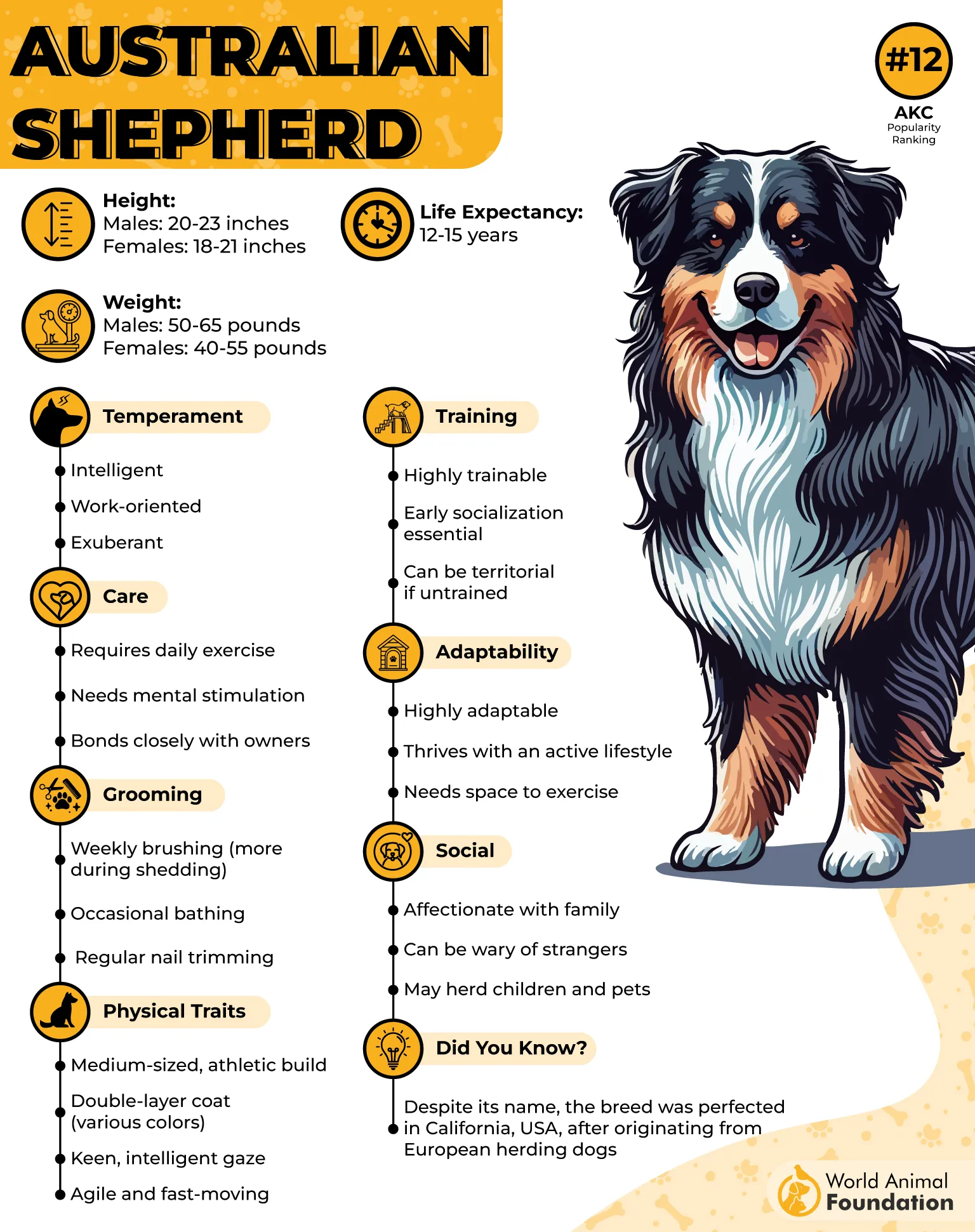
Most Aussie merles are tri-colored, meaning they’ve got those charming tan points — those little brown “eyebrows,” checks, and leg markings that add personality galore.
Fun fact: The merle gene plays only with the base color, not the tan points, so those stay bold and bright no matter what. The breed standard lets Aussies play with two main body colors (black and liver), the merle pattern (blue or red/liver merle), and two trim colors (white and tan). It’s like a genetic rainbow explosion!
Why Australian Shepherds Rock:
They’re brainy and athletic—like a furry Swiss Army knife of talent.
Merle coats make them look like they just stepped out of a painter’s palette.
Aussies are loyal to the core and thrive on work and play.
If you want a dog that can both herd sheep and win your heart, this is it!
Australian Shepherds are smart, loyal dogs with distinct personalities. While many Aussies are friendly, some may be a bit cautious around strangers at first. However, with a proper introduction, they usually warm up and become welcoming.
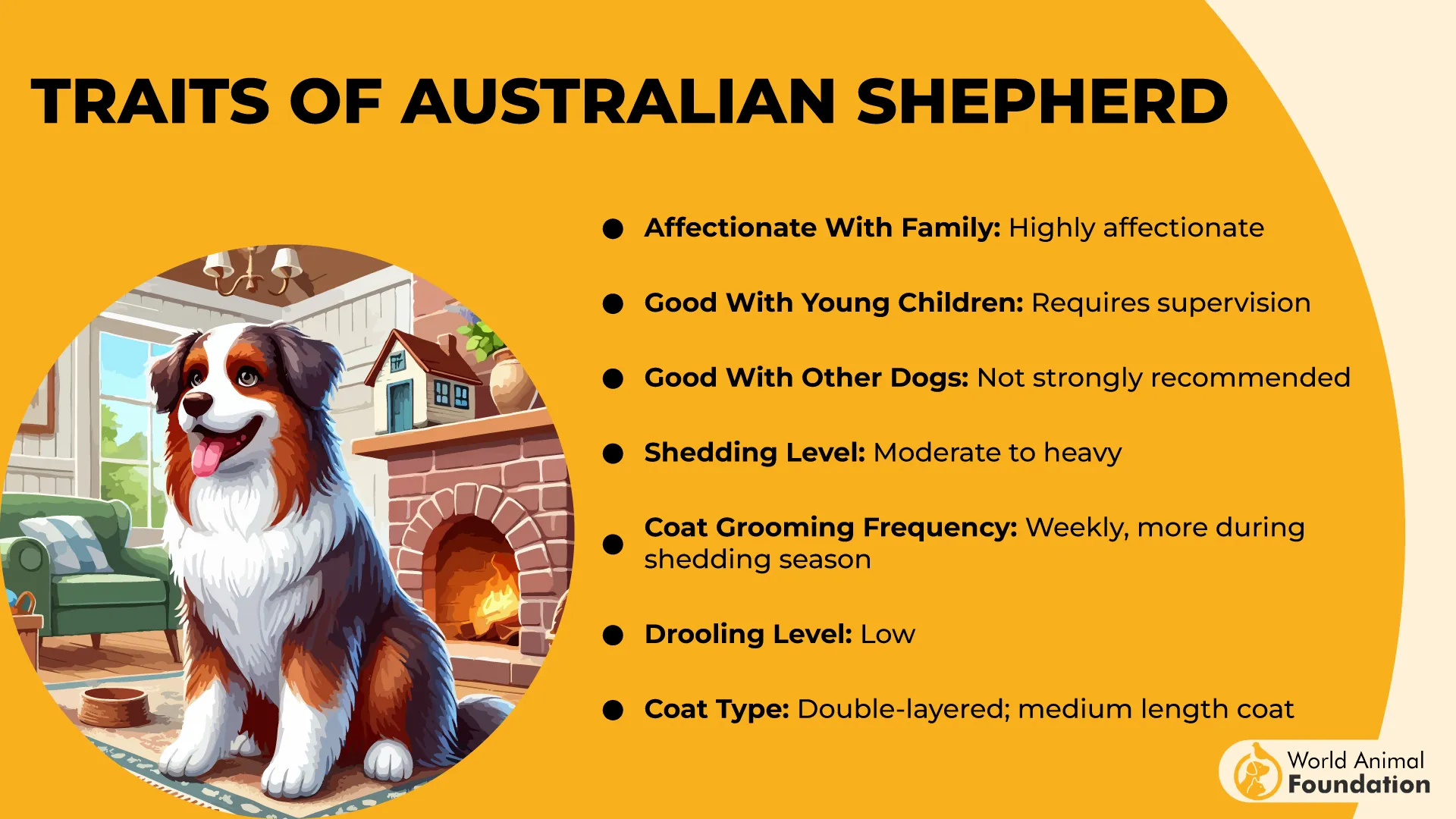
They’re deeply devoted to their families and often stick close, practically becoming your shadow. Because of this strong bond, some Aussies can develop separation anxiety if left alone too much. It’s a good idea to work with a trainer to help them build healthy independence and prevent any clingy behavior.
2. Border Collie
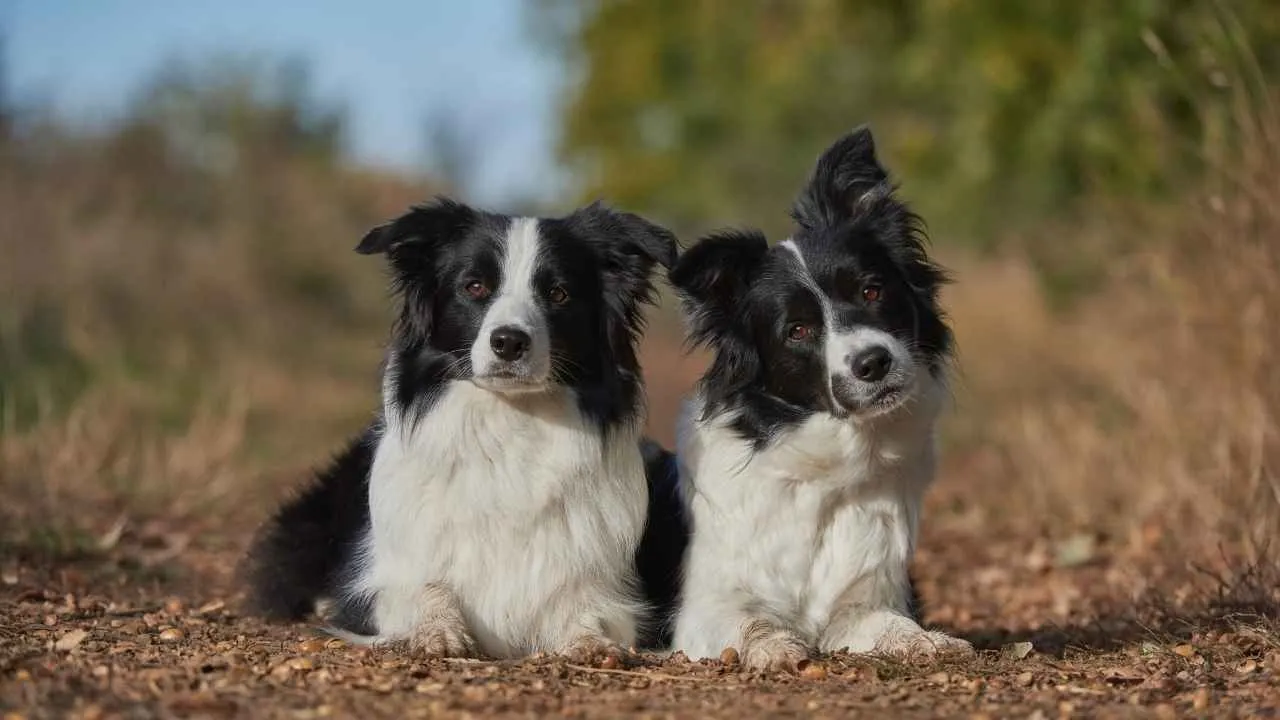
Border Collies are already known as the Einsteins of the dog world, but add the merle gene and you get a coat pattern so mesmerizing it’s hard to look away.
Height: 18–22 inches (ready to leap and sprint at a moment’s notice)
Weight: 30–45 pounds of pure athleticism
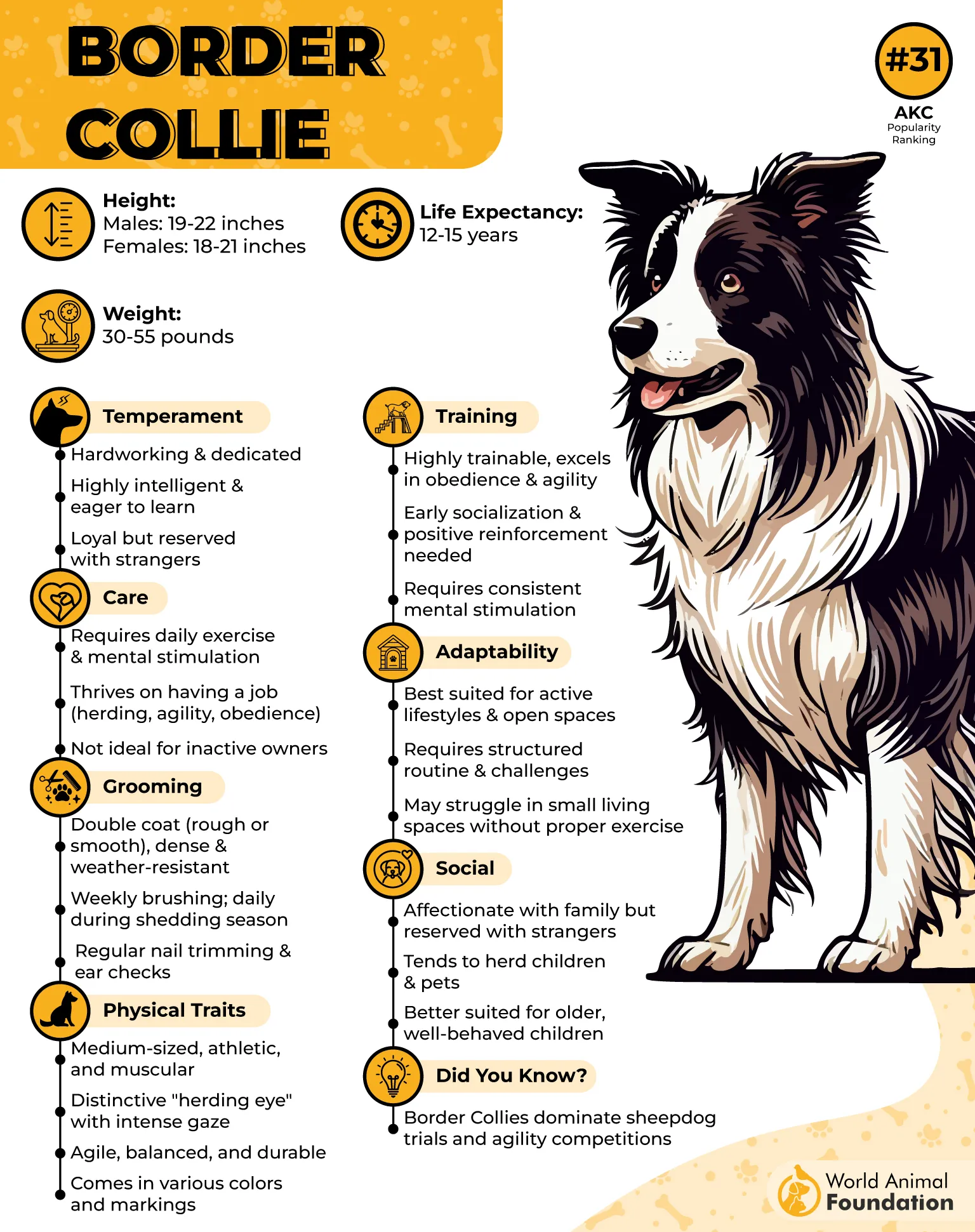
Merle Border Collies wear irregular patches of dark and light colors on their solid base coat, making them the original walking piece of art. Like many merle breeds, Border Collies can rock one or two stunning blue eyes, kind of like having built-in, mesmerizing disco balls.
Just don’t be surprised if their piercing gaze makes you think they know your deepest secrets.
Why Border Collies Rock:
They’re crazy smart and learn commands faster than you can say “sit.”
That merle coat? It’s a fashion statement with paws.
They’re tireless workers who love having a job to do — fetch your slippers, herd your imaginary sheep, you name it.
Border Collies are affectionate and loyal, but expect your brain to be exercised just as much as theirs!
PetPlan noted they’re pretty social too! Most Border Collies love hanging out with other dogs and usually get along well with cats, especially if they meet their feline friends early on.
As a true working breed, Border Collies thrive on daily exercise and mental challenges. Without enough movement and fun, they might get bored…and let’s just say their mischievous side can quickly take over (think: shredded socks or “creative” landscaping).
Border Collies are the ultimate running buddies for anyone who loves to stay active. If you’re up for long walks, hikes, or even some intense play sessions, these dogs will be right there with you—tongue out, tail wagging, and ready for more.
3. Shetland Sheepdog
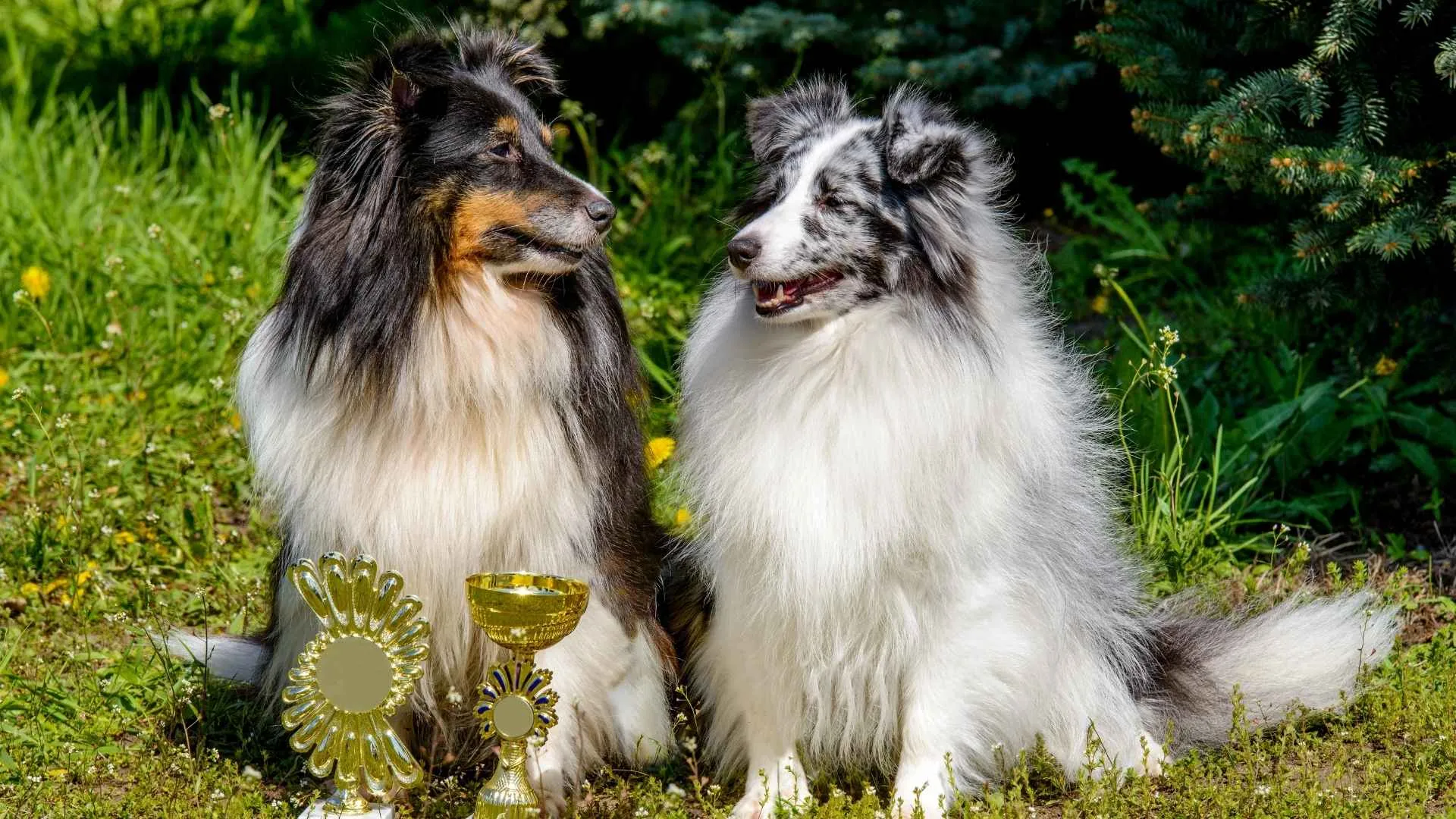
The Shetland Sheepdog, lovingly nicknamed the Sheltie, hails from Scotland’s rugged Shetland Islands. In a land where food was scarce and conditions were tough, smaller livestock thrived—and with them, came the need for compact, agile herding dogs perfectly suited to the environment.
According to the American Kennel Club (AKC), Shelties are intelligent and enthusiastic learners, making them a breeze to train and top contenders in obedience, agility, and herding competitions.
Height: 13 to 16 inches at the shoulder
Weight: Around 15 to 25 pounds
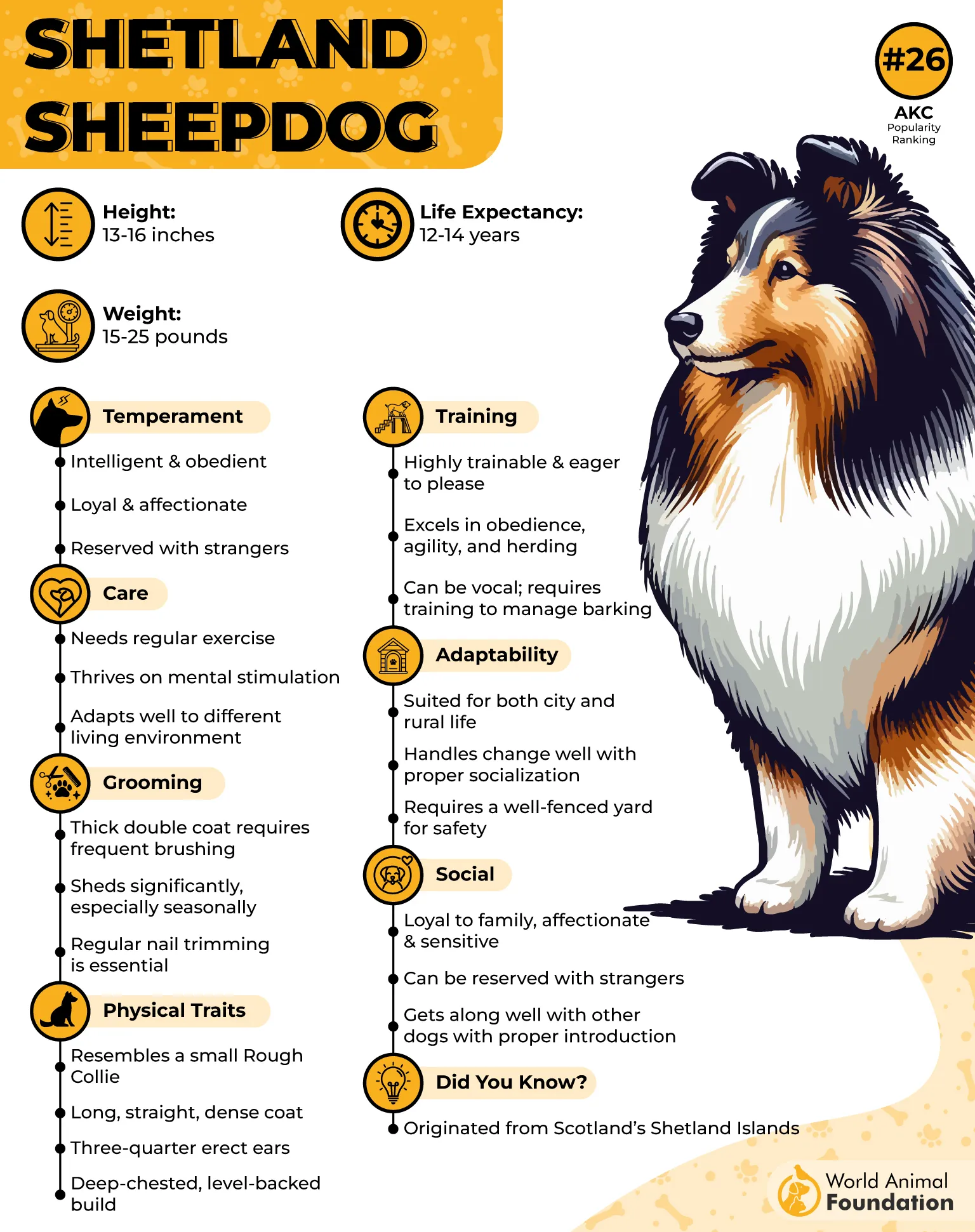
Shetland Sheepdogs come in a dazzling array of coat colors—sable, black, blue merle, white, and all sorts of beautiful combos in between. Among these, the blue merle Sheltie steals the spotlight with its eye-catching marbled coat that looks like a fluffy watercolor painting come to life.
Whether it’s the classic blue merle, the blue merle tri, or the sable merle, Shelties wear their coats with pride. And don’t be fooled by their pretty appearance—they’re as sharp and quick as they come, ready to wow with agility and obedience.
Why Shelties Rock:
They’re smart as a whip and eager to learn — training sessions are a game for them.
Shelties are family-oriented and love cuddling after a hard day of herding (or Netflix bingeing).
Their merle coats make them look like they walked straight out of an artist’s sketchbook.
They’re surprisingly vocal watchdogs — if a squirrel sneezes, they’ll let you know!
They’re loving and intuitive family companions, often very aware of the household’s emotional atmosphere. While they can be vocal and a bit shy around strangers, those traits make them excellent watchdogs.
Fun tidbit: Shelties are the overachievers of the dog world, excelling in dog sports and therapy roles alike—brains and beauty!
4. Cardigan Welsh Corgi
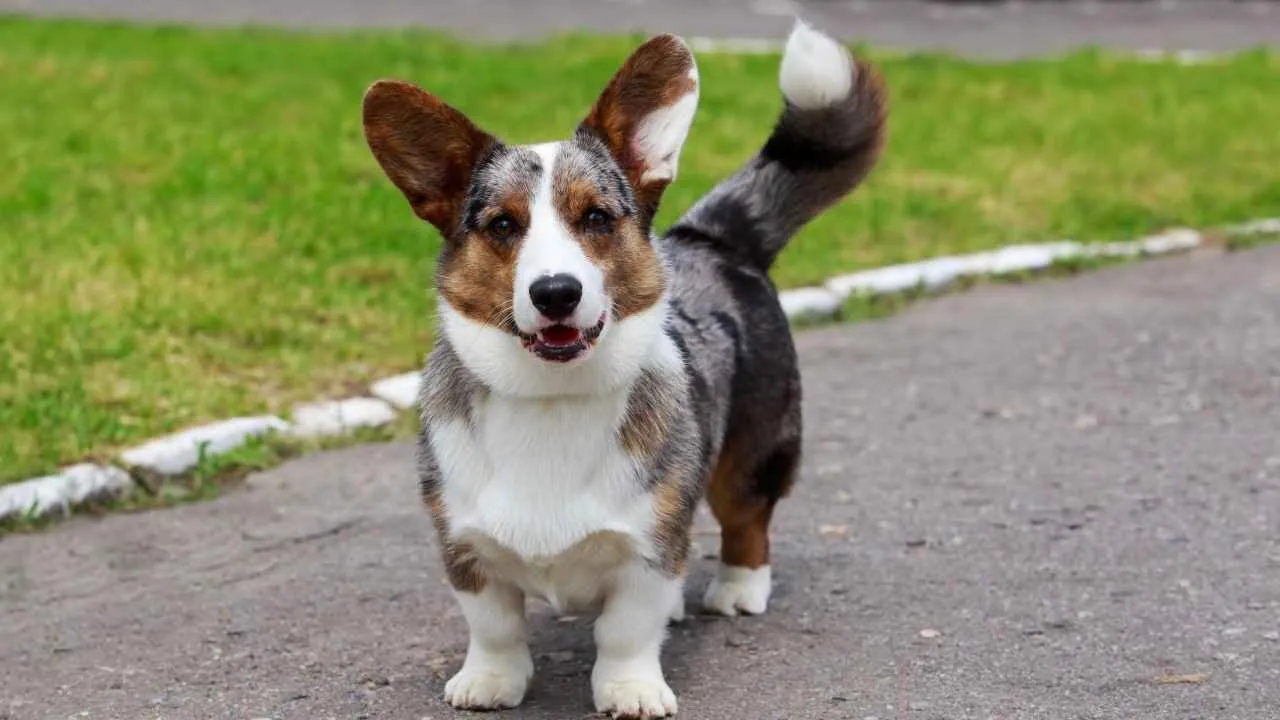
The Cardigan Welsh Corgi is one of the oldest herding breeds in the world, with a history stretching back over 3,000 years. This sturdy little dog originally came to Wales with Celtic tribes, where it was used to herd cattle, guard the farm, and even hunt vermin.
Height: About 10.5 to 12.5 inches at the shoulder
Weight: Typically 25 to 38 pounds
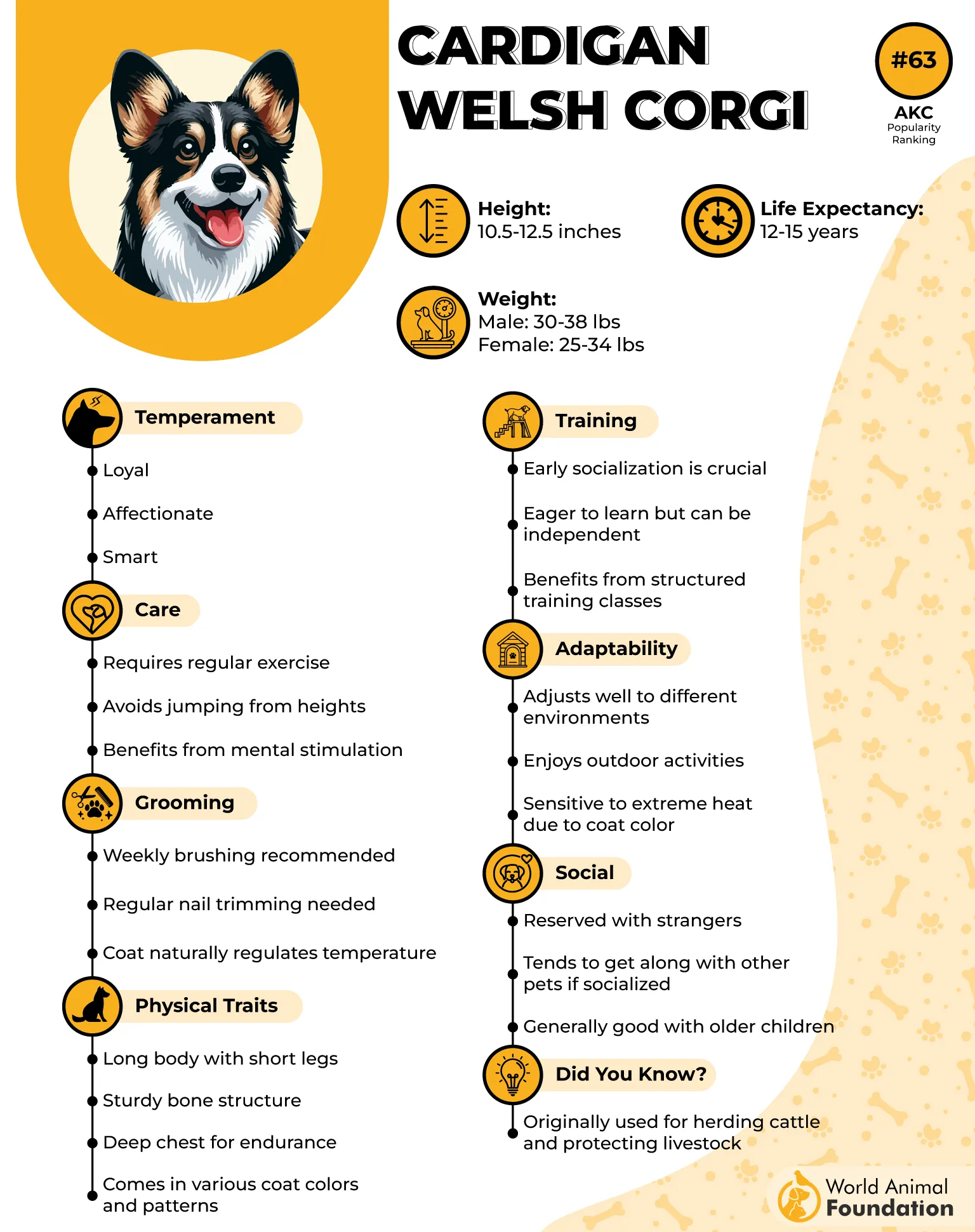
Cardigan Welsh Corgis are known for their adorable long tails and stocky little frames — and when it comes to the merle coat pattern, they bring the royal flair. The merle pattern in Cardigans usually shows up as irregular splotches of lighter and darker colors over a solid base, with blue merle (greyish) and blue tri merle (grey with tan points) being the most popular.
And those striking light-grey or blue eyes? They add just the right dash of mystique to this already charming breed. With a look like that, it’s no wonder Cardigans turn heads everywhere they trot.
Why Cardigan Welsh Corgis Rock:
They’re sturdy little herders with big personalities packed into short legs.
Merle Corgis’ coats and unique eyes make them stand out in a sea of ordinary pups.
Corgis are playful, affectionate, and incredibly loyal—plus, they love to be part of every family adventure.
Their easygoing nature makes them great companions for city life or countryside fun.
Cardigan Welsh Corgis are typically warm and loving companions who develop close connections with their families. Their adaptable nature also makes them a great choice for first-time dog owners.
Known for their sharp intelligence and willingness to learn, they respond well to training. With a balanced energy level, they benefit from daily activities such as a 20–30-minute walk but don’t need intense exercise.
Bonus fact: Unlike their Pembroke cousins, Cardigans have tails, and with that merle coat, they’re basically the unicorns of the Corgi world!
5. Great Dane
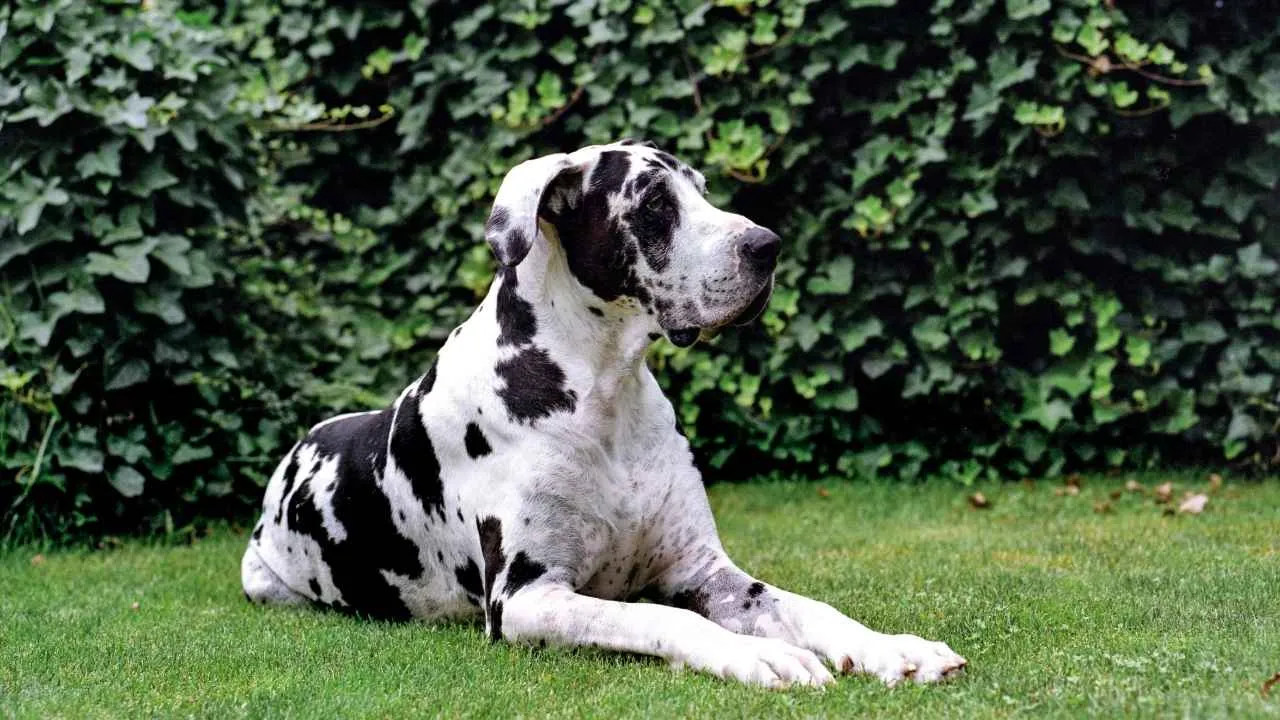
Great Danes are already the royalty of the dog world—towering, elegant, and lovable. Once known as boar hunters and estate guardians, today’s Great Danes can lean more toward the sensitive side, so early and consistent socialization is key to helping them feel secure and confident.
Now, imagine that majestic size paired with the merle coat pattern, and you’ve got a walking masterpiece that turns heads wherever it goes. These gentle giants wear their dappled colors like a fine suit tailored by Mother Nature herself.
Height: 28 to 34 inches at the shoulder (sometimes even taller!)
Weight: 100 to 200 pounds
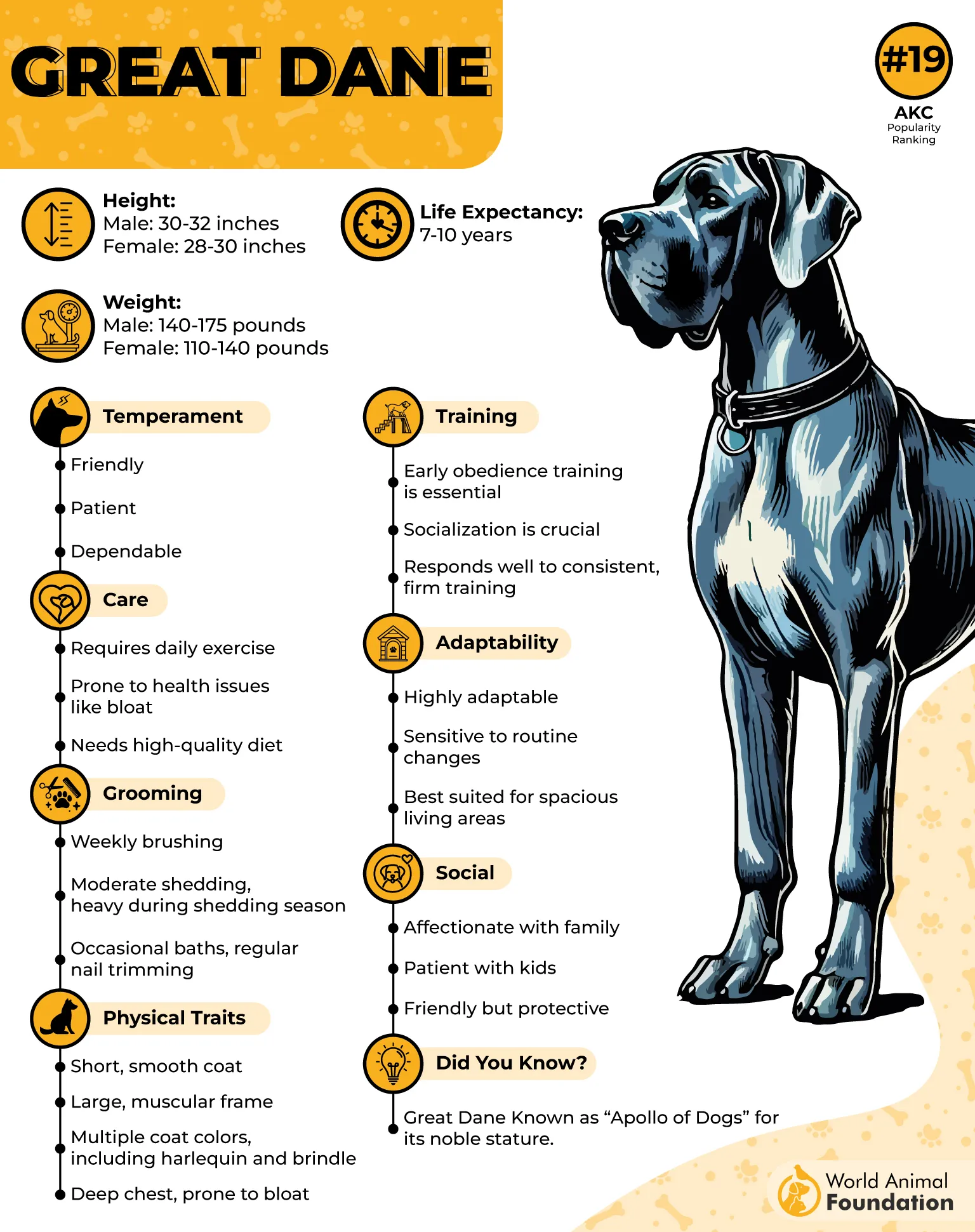
With their regal height and striking patchwork coats, merle Great Danes are basically the supermodels of the canine kingdom. They often sport those mesmerizing multi-colored eyes that make you feel like you’re staring into a magical kaleidoscope.
Why Great Danes Rock:
Despite their giant size, they’re known as gentle “velcro dogs” who love being close to their humans.
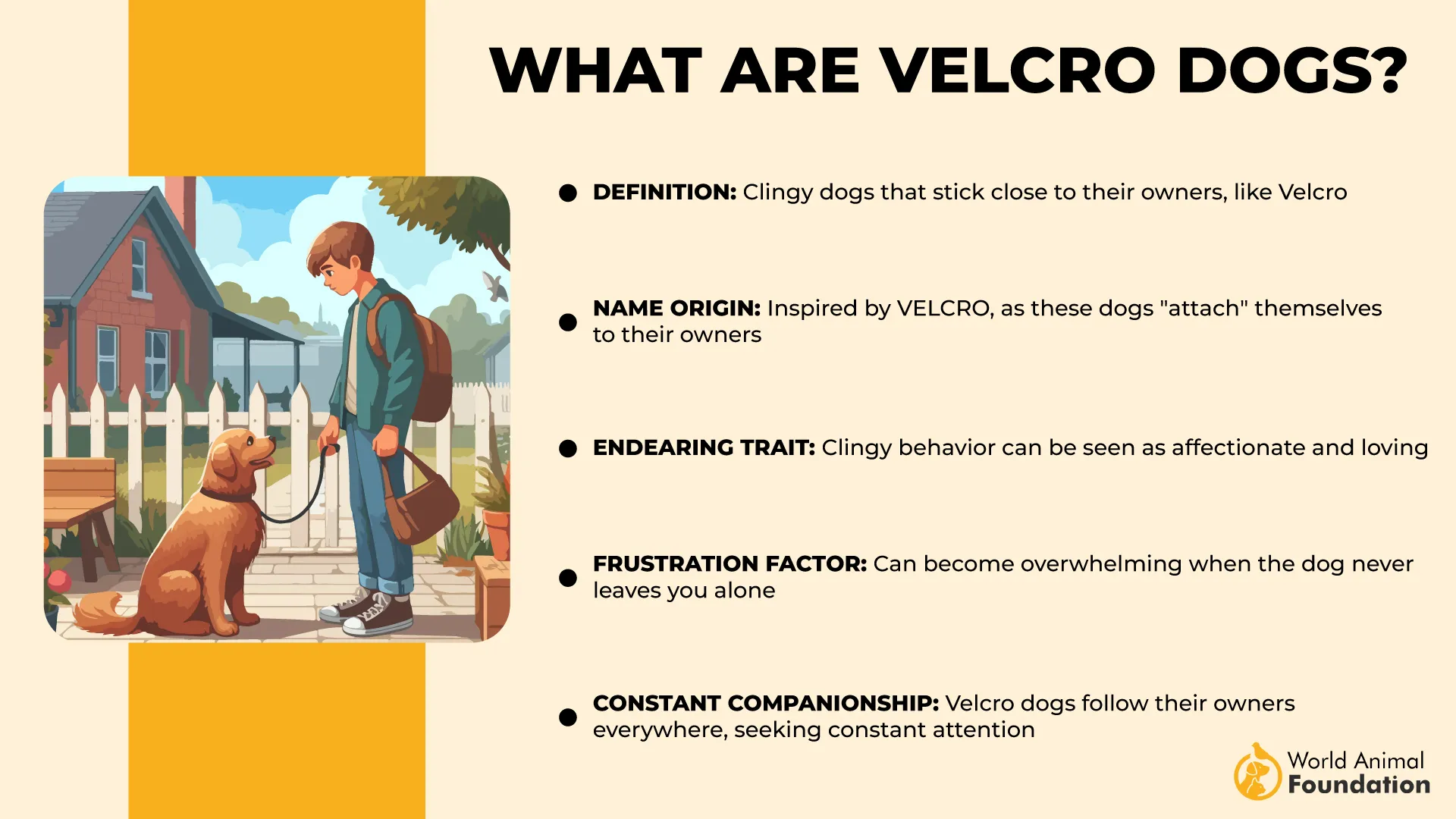
Their easygoing and friendly nature makes them amazing family dogs (yes, even with kids!).
The merle coat just adds that extra “wow” factor — you can’t miss their unique, eye-catching look.
They’re surprisingly low-energy indoors, so they fit pretty well into calm households.
Great Danes may not bounce off the walls like some smaller breeds, but they still enjoy a good romp and need ample room to stretch those long legs. Daily long walks—twice a day—is the minimum exercise prescription for these gentle giants.
Grooming? Thankfully, they’re pretty low-maintenance in that department. But don’t be fooled—brushing a dog the size of a small horse can still take a chunk of your time!
And while it is possible to raise a Great Dane in an apartment, it takes a truly committed pet parent. Ideally, these dogs thrive in a home with a fenced yard where they can sprawl out and enjoy their own space.
Fun fact: Despite their giant stature, these Danes are total softies who think they’re lap dogs. And with that stunning coat, they’re impossible to ignore!
6. Dachshund
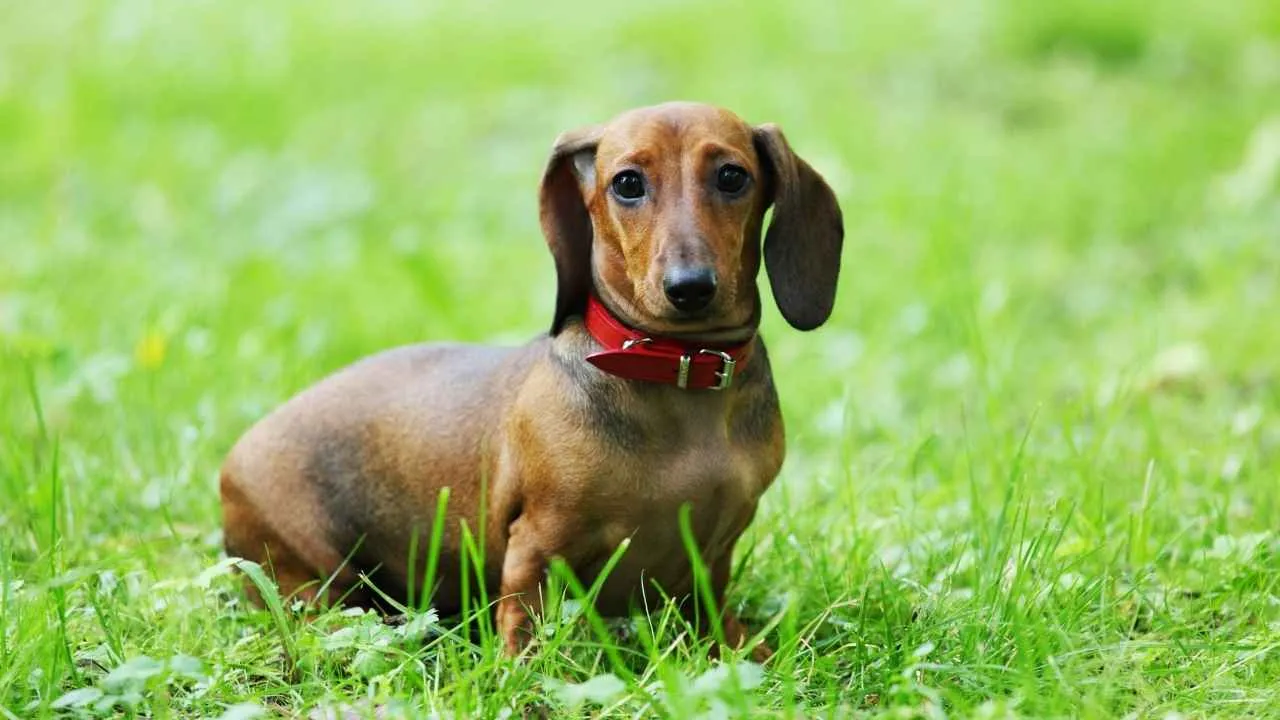
Merle Dachshunds are affectionately known as “dapple” because their coat looks like it was sprinkled with fairy dust. This rare gene shows up across all three coat types: long, short, and wire-haired, giving each dapple Dachshund a truly unique look.
These little sausage dogs might be small, but their personality is as bold as their eye colors, which often come in two different hues or even both colors swirling inside one eye. It’s like having a pup with built-in mood rings!
Height: Around 8 to 9 inches tall at the shoulder
Weight: Typically between 16 and 32 pounds, depending on whether they’re standard or miniature
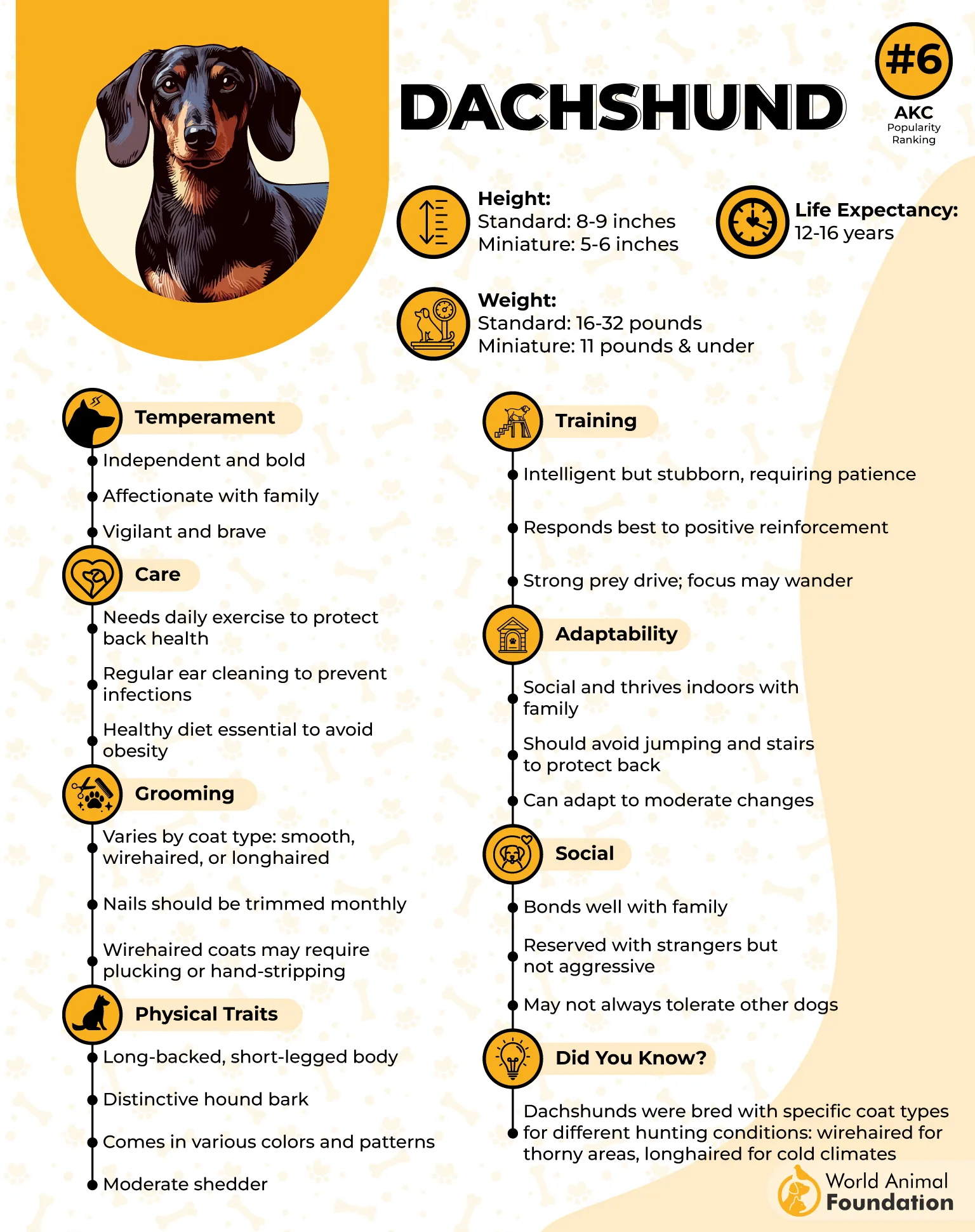
With their charming personality and signature long-and-low body shape, they’ve earned their spot as one of the most popular dog breeds in the U.S.
Because merle is pretty uncommon in Dachshunds, spotting one is like finding a rare treasure in the dog world. And just like their long bodies and short legs, their coat pattern is unforgettable.
Why Dachshunds Rock:
They pack tons of personality into a small package—bold, curious, and fiercely loyal.
Their dapple coat is unique and gorgeous, making them stand out in any dog park.
They’re adaptable to many lifestyles—apartment living or country yards.
Dachshunds are spunky and smart, with plenty of goofy charm to keep you smiling.
Dachshunds are playful and affectionate companions, making them a fantastic choice for first-time pet owners. They thrive on mental stimulation, enjoying activities like puzzle games and scent-tracking sports.
While they adapt well to apartment or small home living, be prepared for their tendency to bark—consistent training can help keep their vocal habits in check.
Heads up: Their dapple coat is not just for show—it’s linked to some genetic quirks, so always go for responsible breeders who keep health top priority.
7. Chihuahua
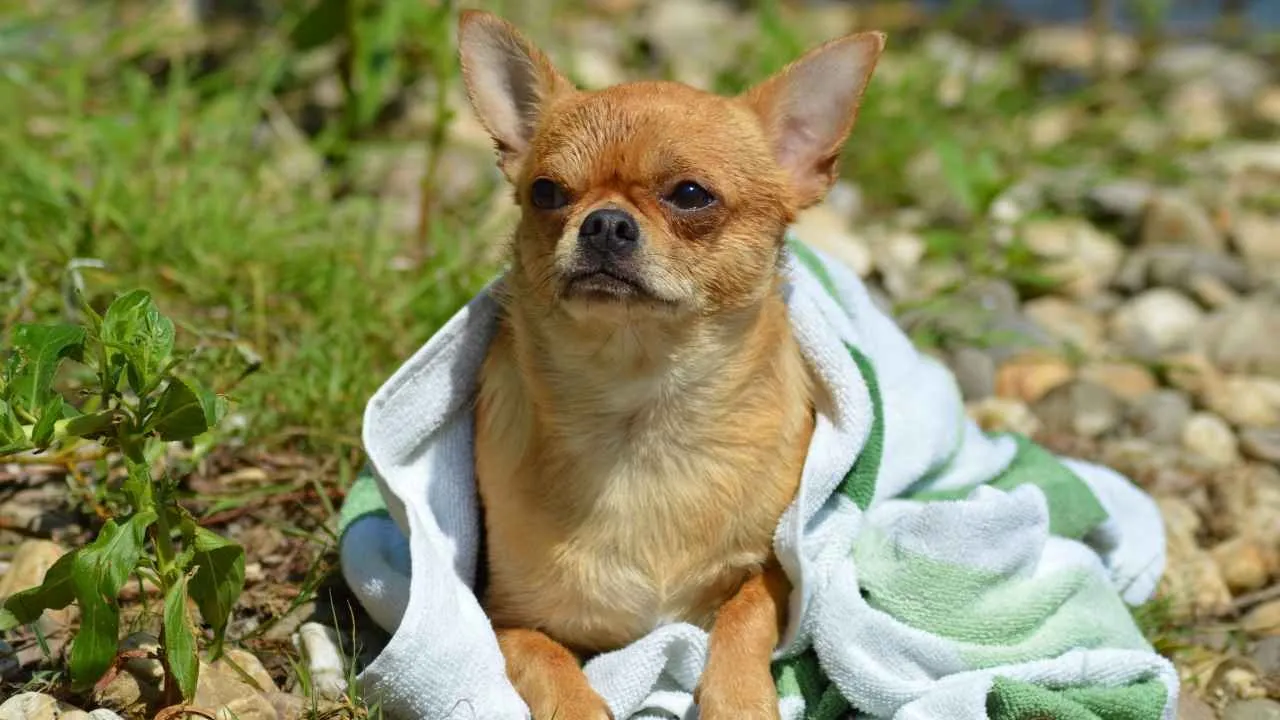
When you think of merle dogs, you probably imagine big, majestic herding breeds — but guess what? The Chihuahua is here to shake things up!
These tiny dynamos are among the few small breeds that can sport the merle pattern, proving good things come in small, colorful packages.
Height: About 5 to 8 inches tall (tiny but mighty!)
Weight: Usually 2 to 6 pounds — perfect for fitting in your purse or on your lap
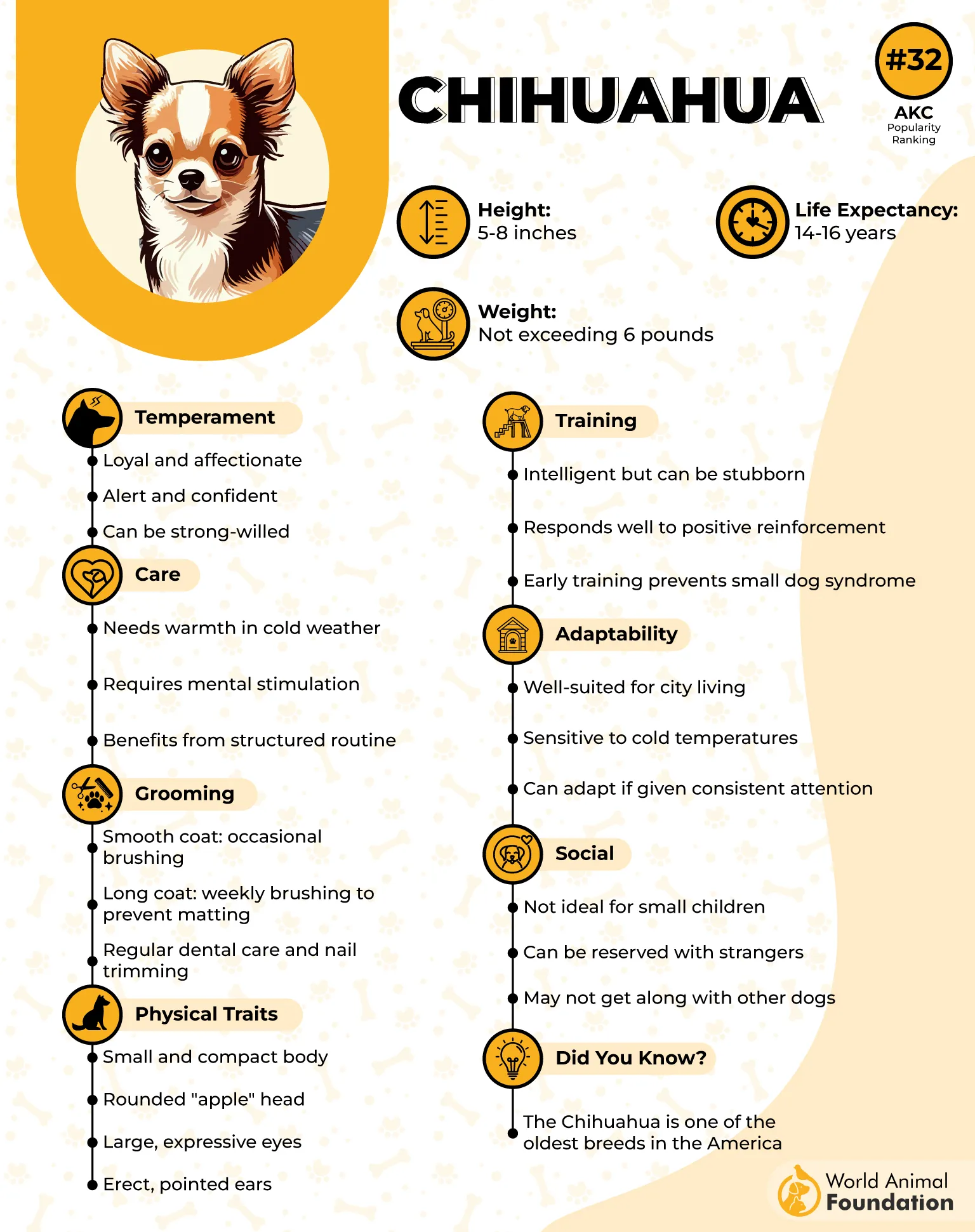
Chihuahuas are already known for their spunky personalities and diva-level confidence, and adding a splash of merle magic to their coat?
They become walking works of art. Their colors run the gamut—from classic white, brown, and black to rarer shades like brindle and sable—and all these hues can mingle with merle patterns for a coat that’s totally unique.
Why Merle Chihuahuas Rock:
Each merle Chihuahua is one-of-a-kind—no two coats are alike!
They might be little, but these dogs pack a ton of attitude and love.
Merle patterns often come with dazzling blue or odd-colored eyes that make everyone stop and stare.
Perfect for those who want a bit of pizzazz in their pocket-sized pup.
Chihuahuas have a moderate energy level—they don’t require a ton of physical activity to stay healthy. A little trotting around the house each day is usually plenty to keep them happy and fit.
Chihuahuas generally don’t do well around small children, so it’s important to consider this before bringing one into your home. They can also be wary of strangers, so it’s best to avoid overwhelming them in social settings to prevent unnecessary stress.
Just a heads-up: If you’re mesmerized by those merle patches, remember that merle genetics can be tricky, so always adopt from a responsible breeder who prioritizes health
Conclusion
Other dog breeds with exotic merle patterns—like the Merle French Bulldog, Catahoula Leopard Dog, American Pit Bull Terrier, and Staffordshire Bull Terrier—showcase unique features such as white markings, pink noses, black masks, tan points, and striking dog eye color. This unique coat pattern is caused by the merle allele, and in certain breeds, selective breeding has led to phantom merles, cryptic merles, and even risky double merle puppies, which raise serious health concerns.
Unlike a non-merle dog or solid black coat, double merle dogs often result from mating two merles, a practice discouraged by breed clubs and responsible breeding programs. While most dogs with the merle gene are healthy, it’s a genetic lottery that puppy buyers must understand, especially with mixed breeds. Though most French Bulldogs are non-merle, exotic colors and patterns, even in breeds like German Shepherds and Pyrenean Shepherds, attract attention, but should always be evaluated case by case, considering the individual dog and its well-being.


